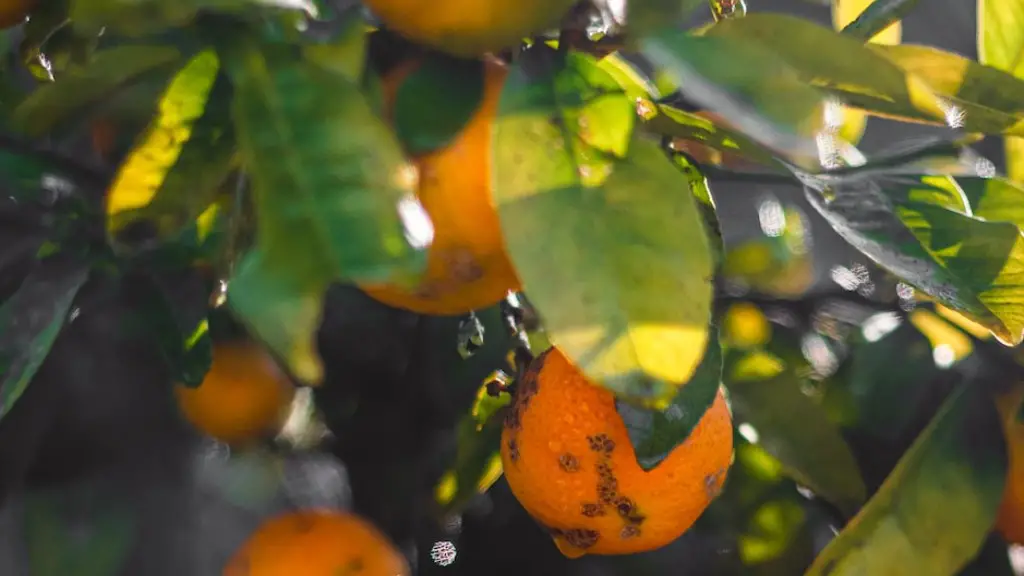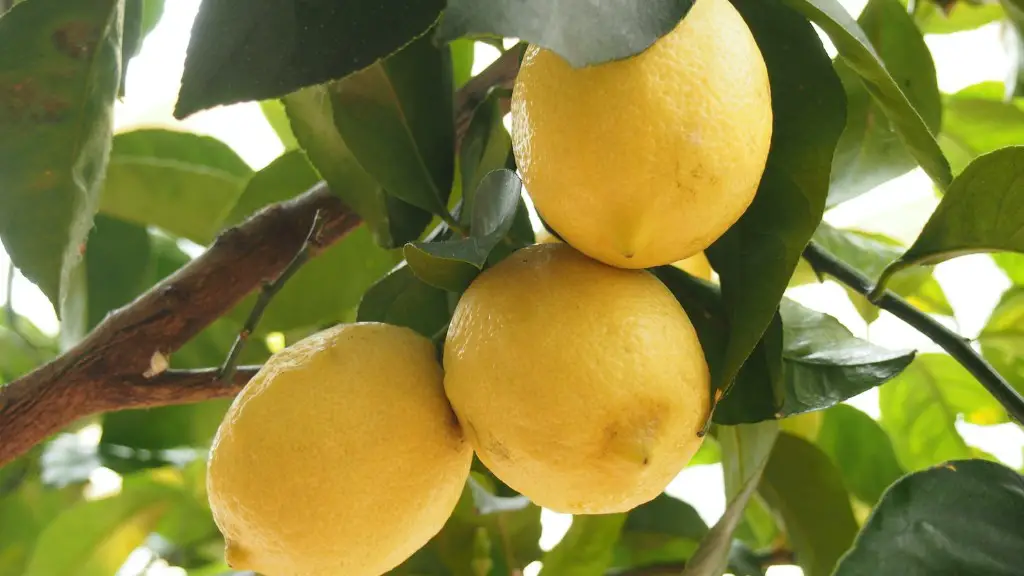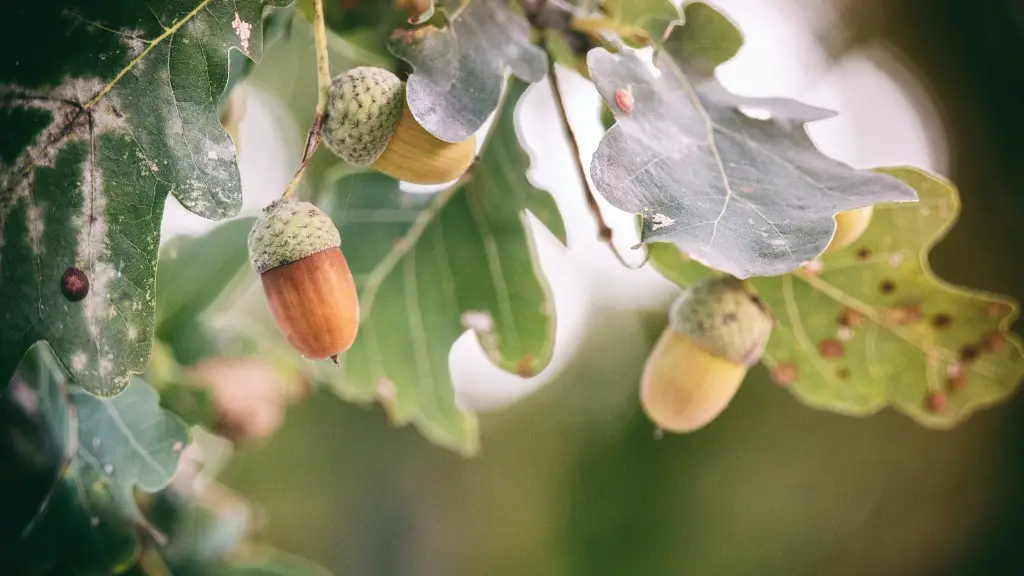What Causes Palm Tree Leaves to Turn Brown?
Palms are an important part of many people’s outdoor living areas and can be found growing in warm climates around the world. While the plants are relatively low-maintenance and have few issues, browning palm fronds is that can be a concern. There are several causes of brown fronds on palm plants, and understanding them can help you to keep your palms healthy and vibrant.
Chlorosis
Chlorosis is a condition often seen in many types of plants, in which leaves turn yellow or brown and become discolored. This is because of a lack of chlorophyll that is needed for plants to produce energy from the sun. In palm trees, this can be caused by deficient soil in micronutrients or poor root growth and drainage. Improving the soil conditions of your palm tree, such as pH, moisture, and nutrients, is the best way to avoid or combat chlorosis.
Cold Stress
Cold stress is another possible cause of brown fronds in palms, which typically happens during cold winters or from much colder than usual temperatures during the normal growing season. Exposure to temperatures below 40 degrees Fahrenheit can cause fronds to turn brown and die. In some cases, removing the cold-damaged fronds can help prevent further damage and promote new growth.
Insect Infestation
Palm trees can also suffer from an insect infestation, including webbing, sap-sucking bugs, and other types of parasitic insects. In some cases, the insects can cause fronds to turn yellow or brown and die, though it is not always easy to detect an insect infestation from the surface. An extensive screening by a certified arborist or landscaping professional is often needed to diagnose and treat insect infestations.
Physical Damage
Physical damage may also cause a palm frond to turn brown and die. Wind, hail, and other forms of extreme weather can cause leaves to become torn or broken and eventually turn brown. Pruning is an important maintenance practice and can be used to remove dead, broken, or diseased fronds.
Diseases
Palm trees are susceptible to many different types of diseases, including bacterial diseases, viral diseases, and fungal diseases. Fungal diseases such as leaf spot and rust can cause fronds to turn brown and affect the overall health of the tree. Treating the affected tree with fungicides is the best way to fight off the disease and restore its health.
Salt Buildup
Salt buildup is another common issue affecting palms and can cause fronds to turn yellow and eventually brown. Salt is naturally found in the soil or can be added by fertilizer, animal waste, or other sources. If salt levels become too high, it can draw moisture away from the roots and result in a lack of nutrients for the leaves, resulting in yellowing or browning fronds. To avoid salt buildup, it is important to use fertilizer sparingly and water your palm plants regularly.
Conclusion/Insight
In summary, there are many causes of browning fronds in palms, ranging from nutrient deficiencies to insect damage. Knowing what is causing the browning is the key to successful treatment, so it is important to have your palm plants examined by a professional if the fronds start to appear discolored. With proper care and maintenance, you can keep your palms healthy and vibrant.
Ways to Prevent Browning
There are a few things you can do to prevent fronds from turning brown in your palm plants, for example:
Fertilize Appropriately
If your palm plants are not getting enough nutrients from the soil, you should consider fertilizing them once or twice a year. Make sure to choose a fertilizer that is specifically designed for palms and follow the instructions on the label for proper application.
Monitor Changes in Fronds
Regularly inspect your palm plants and look for changes in the color and texture of the fronds. If you notice yellow or brown fronds, take a closer look to see if there is an underlying cause such as an insect infestation or other root problem.
Water Properly
Palms are drought tolerant but need regular watering to stay healthy and vibrant. Make sure you water your palms deeply and evenly, and avoid over-watering to prevent salt buildup in the soil.
Prune Regularly
Pruning is an essential maintenance task for palm plants, as it can help to remove dead, diseased, or damaged fronds. If left untouched, these fronds can cause the palm to become stressed and start to turn brown or yellow.
Manage Pests
Insects and parasites can cause palms to become diseased and stressed, leading to yellow or brown fronds. Use a protective insecticide as a preventative measure if your palms are prone to insect infestations, and check regularly for signs of an infestation.
Treating Brown Fronds
If your palm tree is already showing signs of browning, the best thing to do is to contact a certified arborist or landscaper for an accurate diagnosis. Depending on what is causing the fronds to turn brown, they may suggest a course of action to help treat and address the underlying problem.
Fungal Diseases
If your palm plants have been diagnosed with a fungal disease, the best option is to treat them with a fungicide according to the manufacturer’s instructions.
Insect Infestations
Insect infestations should be treated with an insecticide that is specifically designed for palm trees. Additionally, you should also trim any dead or damaged fronds to prevent further damage and encourage healthier growth.
Cold Stress/Physical Damage
For cold stress or physical damage, you should focus on preventing further damage by removing any affected fronds and monitoring the palm tree for signs of new growth.
Chlorosis
For chlorosis, the focus should be on improving the soil conditions and ensuring that the tree has enough nutrients. This can be done by adding organic matter such as compost or manure, or by applying a balanced fertilizer to the soil.
Best Practices for Palm Care
In addition to treating specific problems, there are some general best practices for keeping palm trees healthy and vibrant.
Mulching
Mulching is an important practice for palm plants, as it can help to retain moisture in the soil and prevent weeds from taking root. Additionally, mulching can help to protect the roots from temperature changes.
Light Requirements
Palm trees need plenty of sunlight to be healthy and vibrant, so it is important to plant them in a location that gets at least 6-8 hours of direct sunlight per day.
Pruning
Pruning is essential for controlling the size and shape of your palm plants. Trim off dead or discolored fronds on a regular basis to promote healthy growth.
Watering
Palm trees are drought tolerant but still need regular watering to stay healthy. Avoid over-watering and make sure to water your palms deeply and evenly.
Fertilization
Adding fertilizer to the soil on a regular basis can help to provide the essential nutrients that your palms need to thrive. Make sure to use a fertilizer specifically designed for palms and follow the application instructions.



